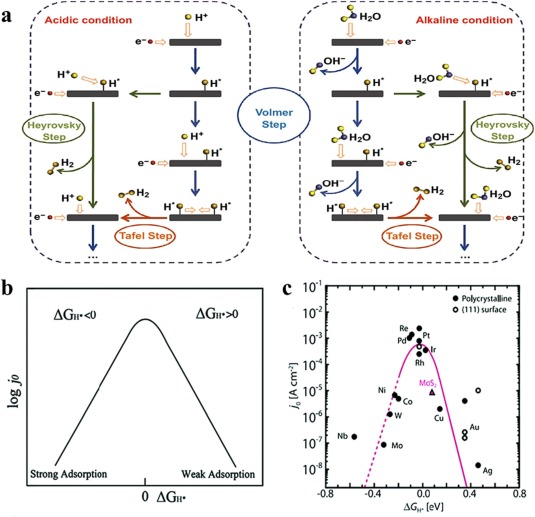
Polymers derived from two-dimensional counterparts of covalent organic frameworks (COFs) can exhibit gas impermeability nearly akin to graphene, according to findings from researchers in the US. This research could pave the way for numerous applications, ranging from safeguarding perishable items from oxidation to creating resonators in mobile devices.
COFs share similarities with the metal–organic frameworks (MOFs) that received the 2025 Nobel Prize in Chemistry; however, while in MOFs the organic linkers are joined by metal ions, in COFs, the central nodes are purely organic groups. Typically, COFs develop cage-like configurations with an expansive internal surface area capable of absorbing gases such as carbon dioxide. In 2022, chemical engineer Michael Strano from the Massachusetts Institute of Technology and his team demonstrated that by spin casting a 2D polyaramid on a silica-coated silicon wafer, they could create ultra-strong hydrogen-bonded polymer networks. ‘We polymerized in two dimensions. Rather than producing one-dimensional strands … we succeeded in crafting two-dimensional platelets,’ states Strano. Ironically, the resulting networks contained nearly no free volume.
The recent study was motivated by findings from the 2022 publication. They deposited the material on a wafer featuring small square wells to enable the formation of bridges that could be tested with a nano-indenter to determine the material’s mechanical properties. ‘It’s typical when you spin coat a film over small wells to trap gas and create bubbles,’ notes Strano. ‘Yet we observed that we had these bubbles from our 2021 work.’
The researchers developed new films of the material with thicknesses ranging from 4nm to 65nm and examined their gas permeability. They discovered that a 35nm-thick layer could successfully retain molecules as tiny as nitrogen for more than three months. The researchers’ models indicate that this phenomenon occurs because the 2D layers accumulate with random orientations, making it challenging for a molecule to traverse through multiple layers. ‘By the time you reach perhaps the fourth or fifth layer, [the material is] impermeable,’ explains Strano.
The only other thin substance exhibiting such impermeability is pristine graphene, which requires exfoliation, whereas the team’s polymer can be processed like any standard polymer. The researchers showcased that a 60nm-thick layer of the material could enhance the lifespan of a methylammonium lead iodide perovskite solar cell sevenfold by excluding oxygen and moisture.
Strano suggests that this material could be utilized to prolong the shelf life of perishable foods and pharmaceuticals while minimizing the required amount of plastic. The material’s strength and chemical inertness were also employed to fabricate a polymer nano-electromechanical resonator. Resonators, essential for frequency selectivity in devices like mobile phones, are currently fabricated from specially-grown crystalline materials such as lead zirconate titanate. Transitioning to a polymer could potentially render these devices much more cost-effective and energy-efficient.
‘It must be, per unit thickness, the utmost barrier [to gas penetration] that has ever been developed for a lone, standalone polymer,’ claims polymer chemist Jaime Grunlan at Texas A&M University in the US. ‘If this is accurate, then it’s a noteworthy achievement.’ However, he cautions that ‘the most critical property of any material is cost,’ noting that a substance merely synthesized in the lab is unlikely to serve as a feasible food packaging option solely based on that factor. ‘The forthcoming steps won’t be glamorous,’ he remarks, but will rather focus on assessing the economic feasibility of large-scale commercial production.